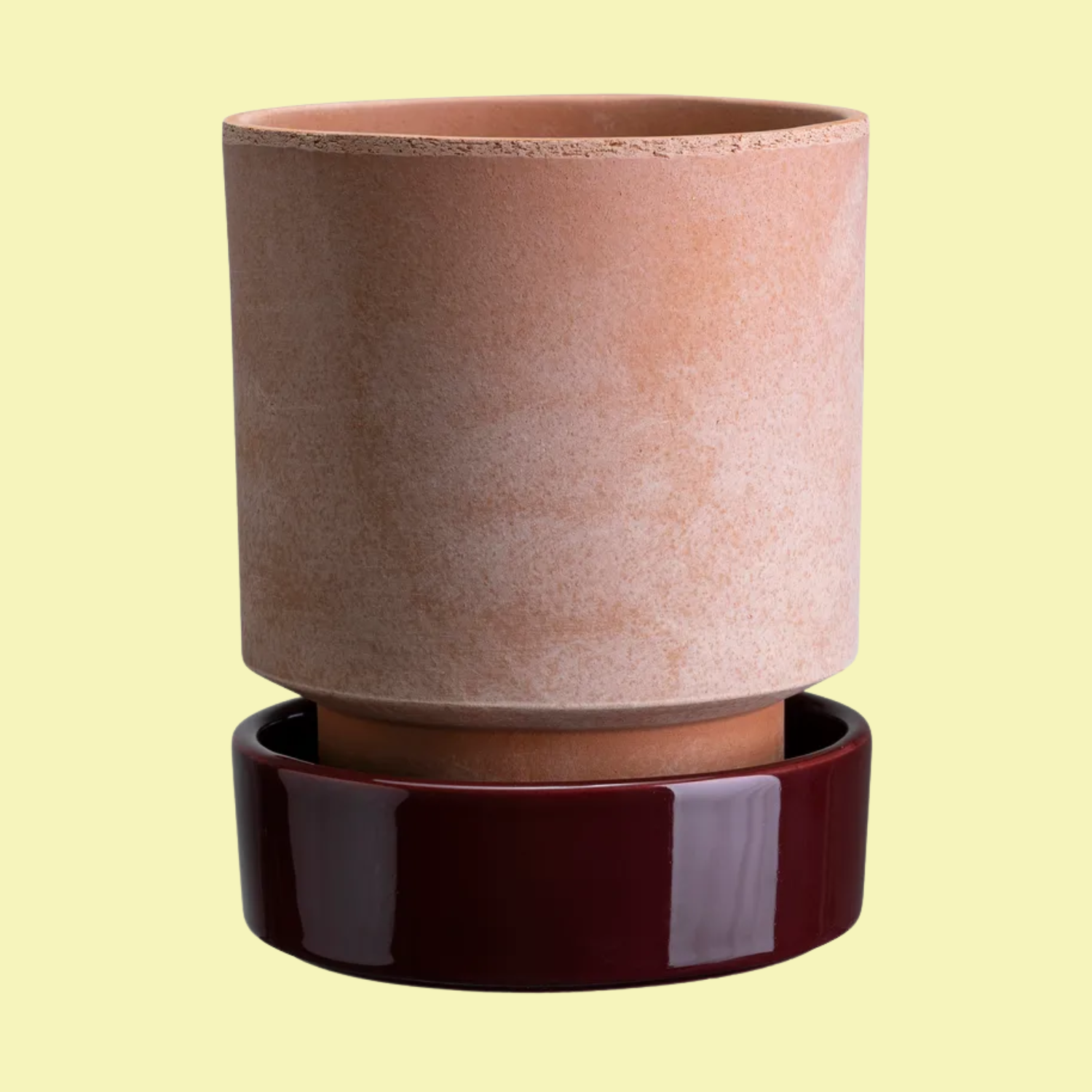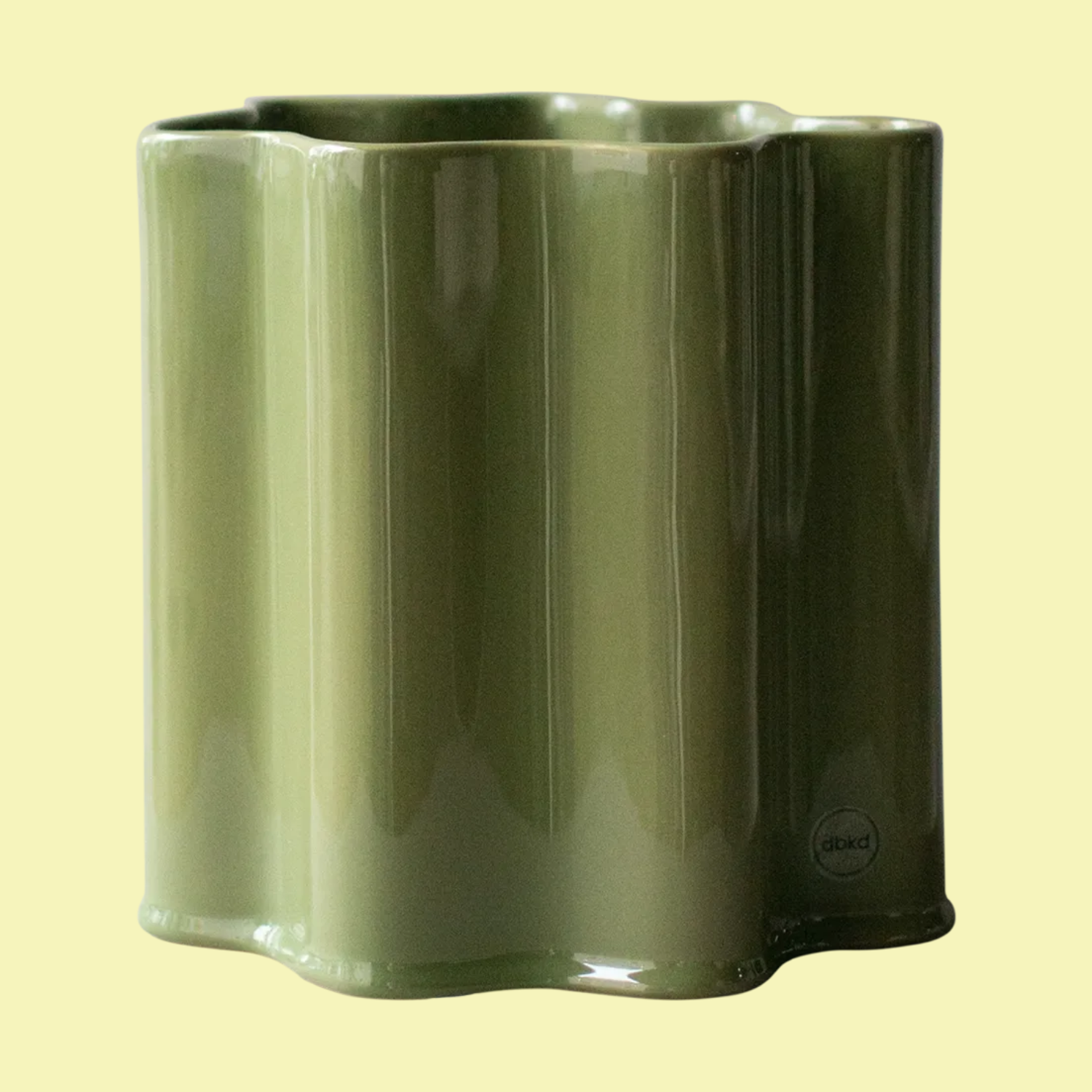How to Grow Amaryllis in Time for Christmas Gifts This Year — Everything You Need to Know, From Care to Planting and When to Sow Your Bulbs
These leggy flowers are a festive favorite and you can grow them yourself for gifting or to keep and admire in your own home
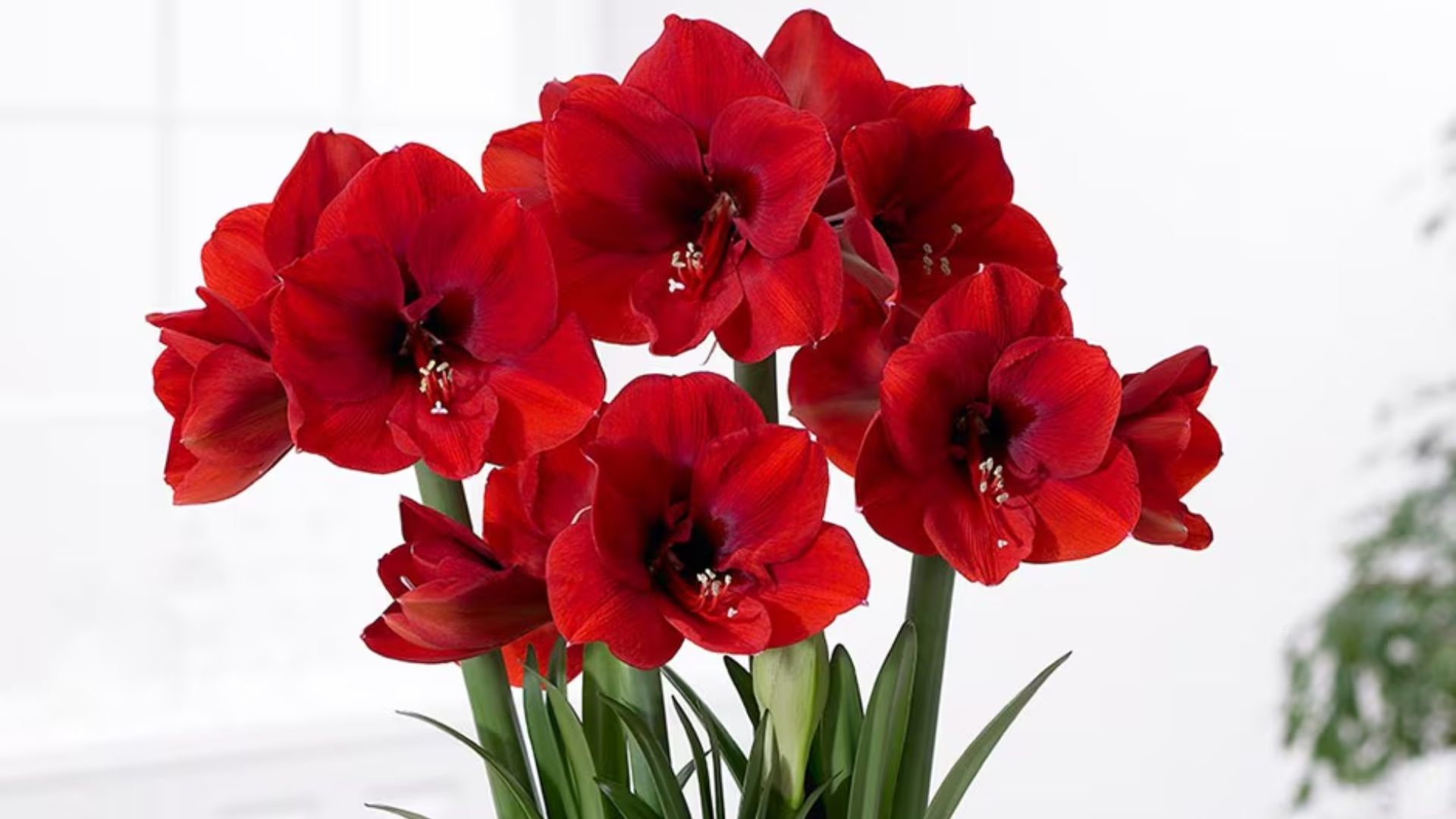

There's something about a homegrown gift that makes opening a present so much more special. And with Christmas soon approaching, there are so many beautiful plants to grow and gift your green-thumbed loved ones. One of my favorites is amaryllis.
Like some of the best Christmas plants, this cultivar features bright red flowers that feel perfectly festive. And if your love language is gift giving, the good news is that you can start now to grow your own in time for all the merry holiday parties December will see.
But where do you even begin? Well, here's everything you need to know about growing these pretty flowers and everything to do to help them flourish over time.
When Should I Start My Amaryllis for Christmas?
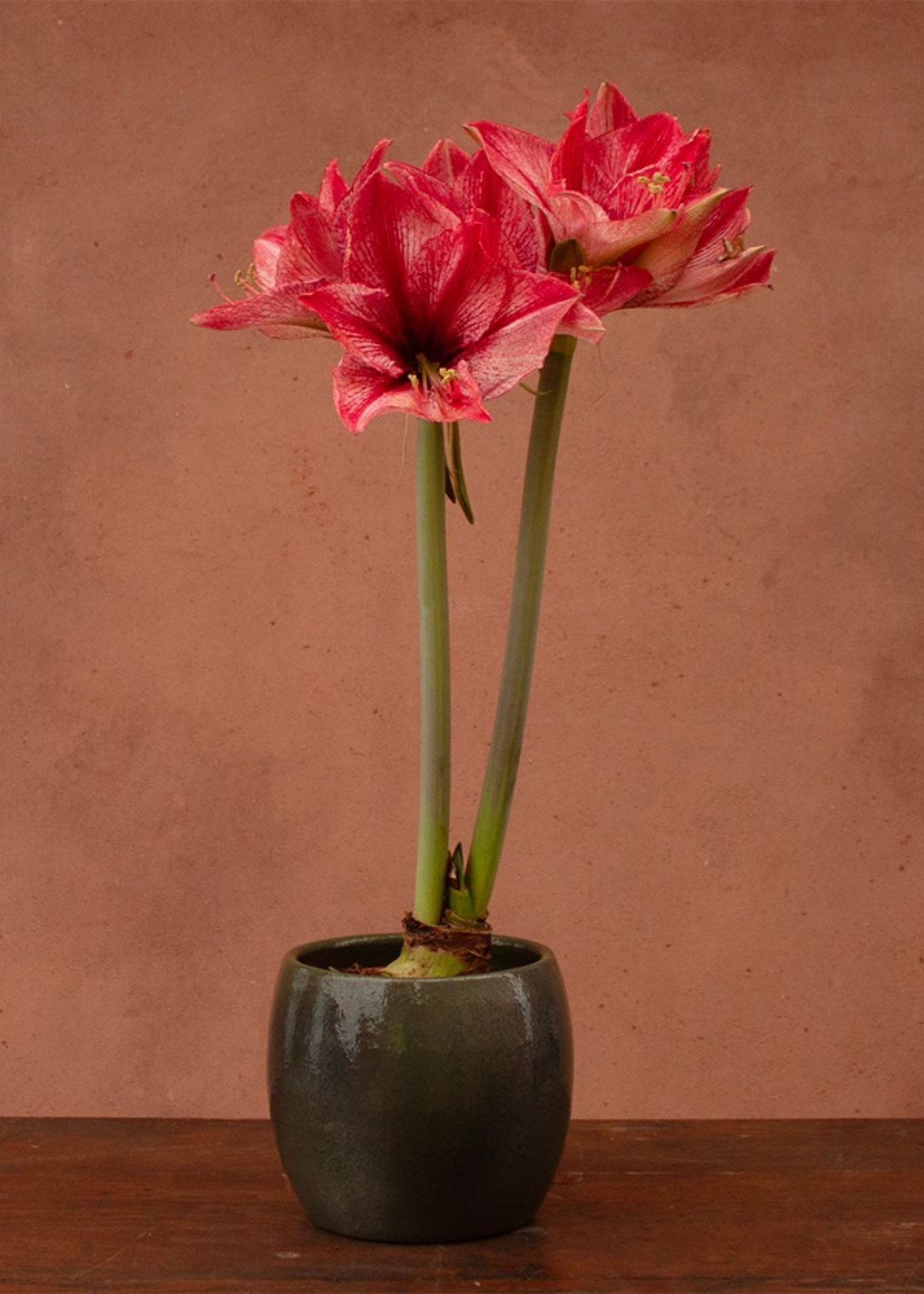
This Hippeastrum Stardust Amaryllis from Crocus is a testament to the festive spirit of this houseplant.
Planning when you plant your waxed amaryllis bulbs for Christmas is just as important as learning how to grow and care for these beautiful flowers. Kelly Dyer, plant doctor at Patch Plants, tells me that you're right on time.
"I recommend planting them six to eight weeks before you want them to flower," she says. "If you want them in bloom for Christmas, then starting the process at the end of October, early November is ideal."
Starting to grow amaryllis now will give you a head start on getting your plant ready to bloom by the festive season. But where do you even begin? Let's discuss.
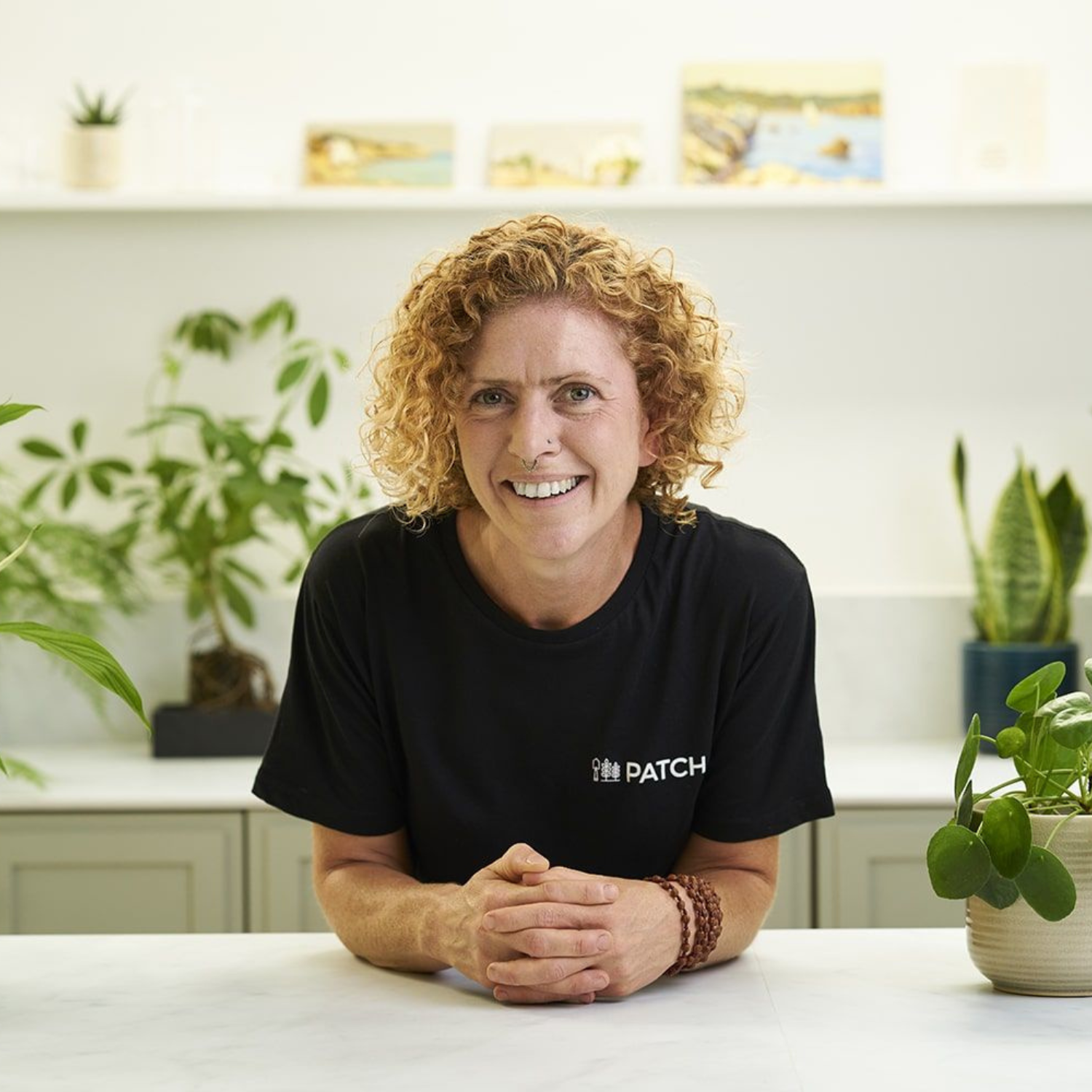
Kelly Dyer is an RHS-trained Horticulturalist with years of practical experience as a senior gardener, glasshouse gardener, and freelance garden designer. As Patch’s Plant Doctor, she helps customers hone their own skills with in-depth plant care advice and troubleshooting.
How to Care for Amaryllis
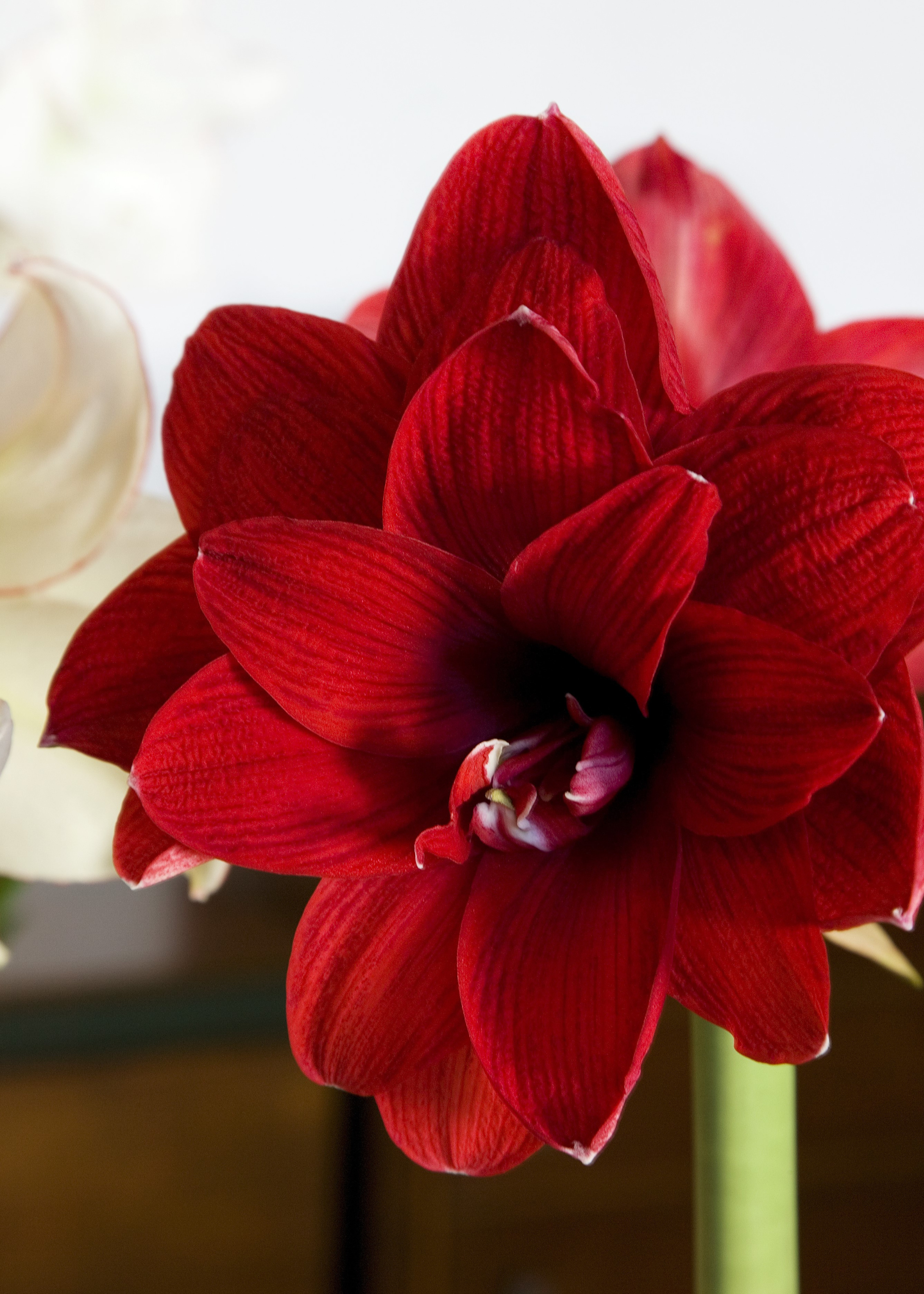
Don't these red petalled blooms feel like the ultimate festive flourish?
Angalena Malavenda, plant expert at Palmstreet, tells me that caring for an amaryllis indoors takes special time and care. However, if done properly, she assures that you can get stunning blooms from these tropical flowers just in time for the holiday season.
The Livingetc newsletters are your inside source for what’s shaping interiors now - and what’s next. Discover trend forecasts, smart style ideas, and curated shopping inspiration that brings design to life. Subscribe today and stay ahead of the curve.
Temperature: "When planting bulbs indoors, Amaryllis grows best at warmer temperatures in the range of 18° to 25° C and only needs minimal watering, just when the plant soil surface feels dry to the touch," she notes.
Soil: While amaryllis is usually best grown in pots of well-draining soil, she finds that it can also be grown quite easily in various types of containers or vases with pebbles and water just at the base of the bulb. She explains that this style of planting requires very little care and provides a fascinating display of the growth.
Pruning: "The secret to keeping amaryllis thriving for years to come is making sure the plants are still growing after they have finished blooming. When the flowers have faded, cut them off to prevent seed formation," she advises.
Placement: When it comes to properly placing your amaryllis for healthy growth, Angalena suggests locating them in a warm place with direct light since heat is necessary for the development of the stems.

Angalena Malavenda is a plant expert and the head of brand marketing and operations at Palmstreet, a revolutionary marketplace app for indoor gardeners and plant lovers.
How to Grow Amaryllis
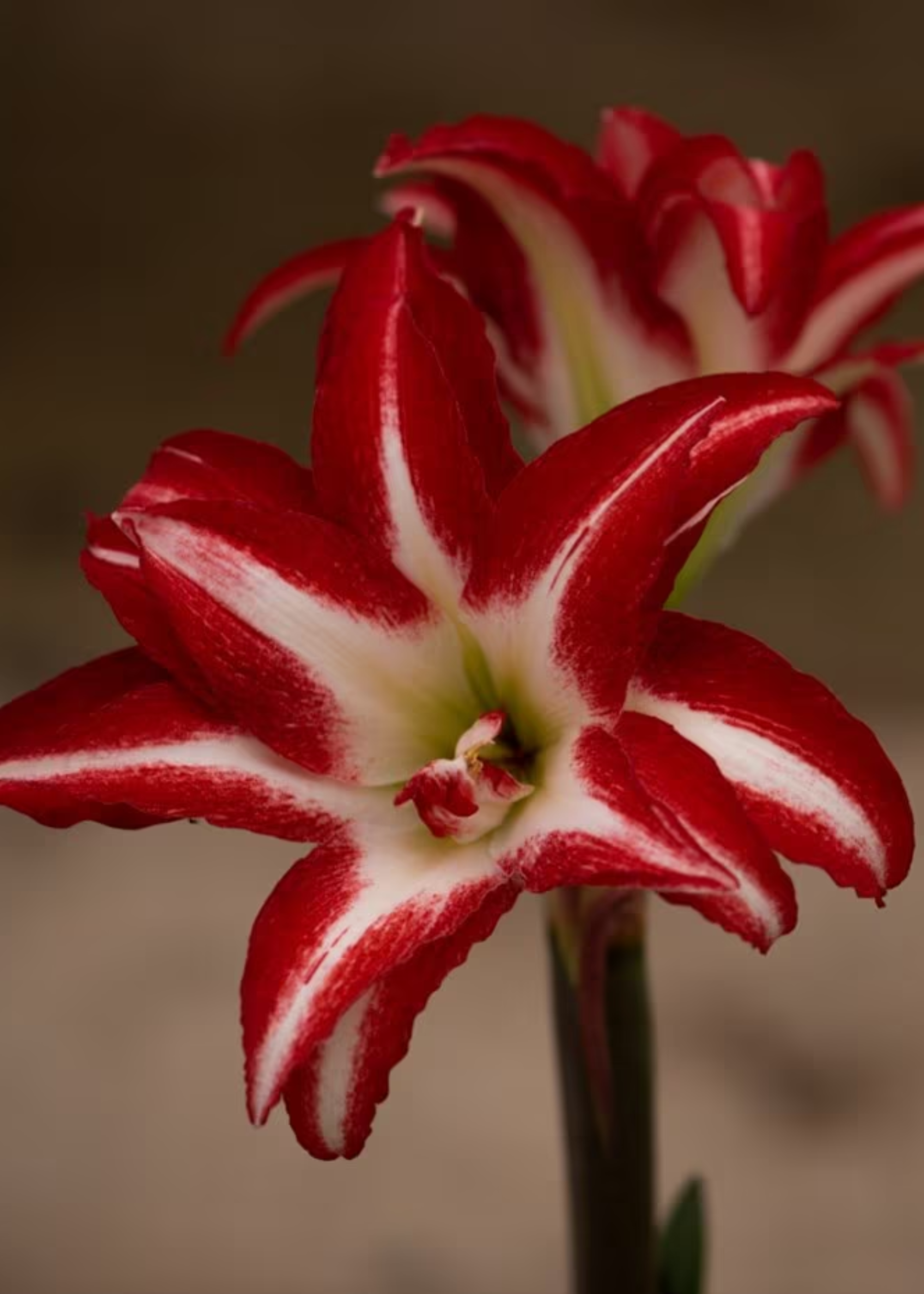
This two-toned Hippeastrum (Double Galaxy Group) 'Splash' Amaryllis from Crocus make a fine Christmas gift.
At first glance, it might seem tricky to grow these indoor winter houseplants. However, Angalena explains that her step-by-step technique will help you get the most out of your efforts.
Step 1: "You can plant one bulb per pot or up to three or five bulbs in a larger pot for a really striking display. If you’re planting more than one bulb in a pot, then leave a gap of about three centimeters between the bulbs. Each bulb may produce multiple flowering stems, especially if they’re large," she explains.
This Hippeastrum 'Picotee' Amaryllis Picotee Bulb from Crocus and this Amaryllis Bulb Indoor Black Pearl with Pot from Perfect Plants are great options.
Step 2: If your amaryllis bulbs already have some dried roots growing from the bottom, then she recommends pre-soaking these in room temperature water overnight by resting the bottom of the bulb on a glass or jar, so that only the roots are submerged.
Step 3: "Plant them into a pot only slightly larger than the bulbs, as they like a tight fit. A space of about two centimeters between the outer edge of the bulb and the inside of the pot is perfect," she notes. "Depth is more important than width when it comes to choosing the right pot, as you want plenty of room for root growth, so ideally choose a deep pot."
Step 4: Angalena recommends potting the bulbs in a free-draining general-purpose compost or houseplant compost specifically. "You can make this by mixing about one-third grit into the compost if you have it," she says.
This White Amaryllis by Jamieson Brothers from Amazon comes with a planter and a bag of compost to help you grow your plant with ease.
Step 5: She says that it's best to nestle the lower two-thirds of the bulb into the soil, up to its ‘shoulders’ and leaving the top third or ‘nose’ of the bulb exposed above the soil surface.
Step 6: When it comes to hydrating your amaryllis, she recommends watering lightly around the outer edges of the bulb, making sure that the water is at room temperature, ensuring not to get the top of the bulb wet.
"Make sure any excess water drains through, and it’s not left sitting in a pool. Keep the soil lightly, consistently moist but not wet," she warns. "The introduction of moisture will trigger the bulb to start putting down roots and shoots. Drainage is key as these bulbs are prone to rotting if over-watered, especially at this stage."
Step 7: "Put your potted bulbs somewhere warm where the temperature is consistently around 20° C," she advises. "As long as it’s warm, it doesn’t matter what the light levels are at this stage, because there’s no green growth to photosynthesize. This could be in an airing cupboard or on a windowsill above a radiator."
Step 8: "Once you notice green shoots appearing from the top of the bulb, move it into a warm location with bright, filtered light," she says. "And remember to avoid housing your amaryllis in harsh, direct sun."
Step 9: "As your amaryllis puts on more growth, water it more regularly from above and around the edge of the bulbs," she suggests. "You can also give it a feed with a liquid plant food like Maxicrop All Purpose Plant Growth Stimulant or Levington Tomorite from Amazon every two weeks, which will encourage it to flower."
Then, all that's left to do is shower your amaryllis with the TLC it deserves. After which, you can patiently watch your plant come to life and flourish for Christmas gifting.
Beautiful Planters for Amaryllis
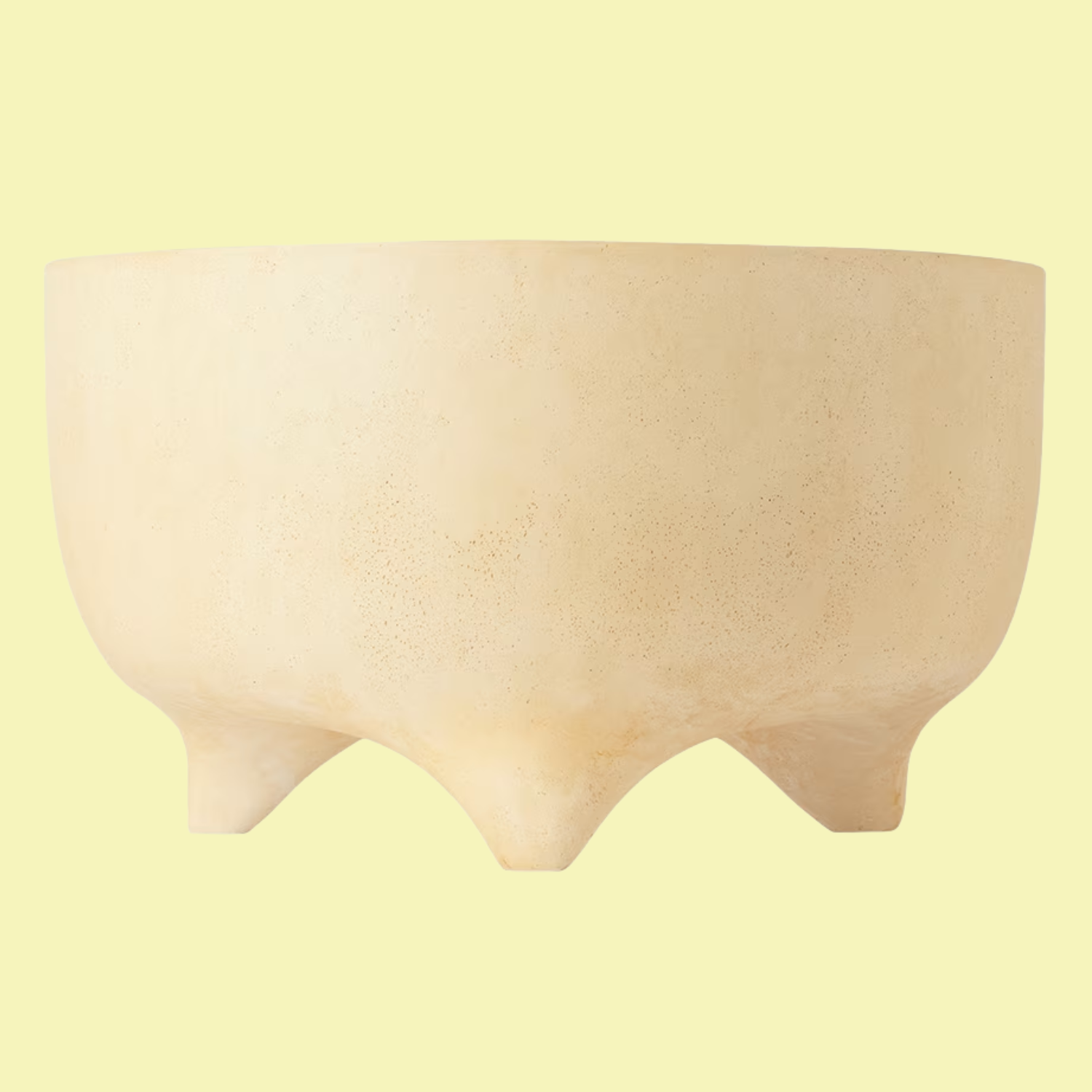
Color: Warm Sand
Pair this gorgeous Hippeastrum 'Amadeus Candy' Amaryllis Bulb from Crocus with this planter from Ferm Living for an elegant display.
FAQs
How to Make an Amaryllis Bloom?
"Amaryllis bulbs must be exposed to temperatures of 10° to 15° C for a minimum of eight to ten weeks. Always plant them in a well-draining mix, water about 2 inches only, cut off faded flowers, don’t remove the leaves, and force dormancy for around eight to twelve weeks to rebloom," says Angalena.
"After Amaryllis blooms, cut the stalk, keep it moist, and fertilize. Rest the bulb in a cool, dry place for about two months, then repot and bring it back to warmth and light. Do not discard the bulb after flowering because the bulb can flower again next year."
If you want to grow a variety of blooms to gift for Christmas or offer up as return presents at a seasonal party you're planning to throw, you can also consider Christmas orchids!

Amiya is a Home Wellness Writer at Livingetc. She recently graduated with a Masters Degree in Magazine Journalism from City, University of London, and has lent her words to beauty, fashion, and health sections of lifestyle publications including Harper’s Bazaar and Women’s Health. Her experience as a research analyst has equipped her with an eye for emerging trends. When she’s off the clock, she can be found reading, listening to music, or overanalyzing her latest Co-Star update.
